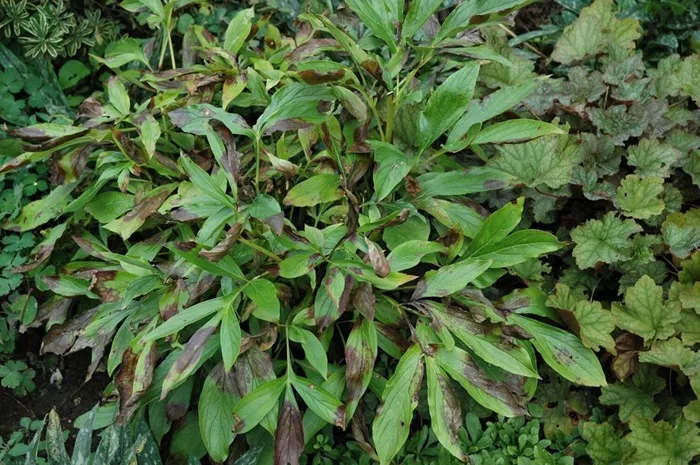Proper Disposal of Infected Plant Material: A Gardener’s Guide.
To maintain a healthy garden, it is often recommended to remove and dispose of plant material infected with pests and diseases. However, this task is more challenging than it may seem.
Most compost piles do not reach and sustain the high temperatures needed to kill weeds, their seeds, disease organisms, and insect pests. In many areas, burning plant material is prohibited, and it can also harm air quality.
Finding Disposal Options
If you’re unsure about how to dispose of infected plant material, the first step is to contact your local municipality for guidance. Many communities allow residents to dispose of invasive plants in regular garbage, provided they are placed in clear plastic bags labeled “invasive.”
Using Solarization for Weed Management
Solarization is an effective technique for managing weeds. You can take small amounts of plant debris and place them in clear plastic bags. Set these bags in a warm, sunny spot before composting them.
For larger amounts of debris, spread the material on a sheet of plastic and cover it securely with a clear plastic tarp, 2 to 6 mil thick. This creates a greenhouse effect, trapping heat and blocking water access. The heat will cause seeds to sprout, but the lack of water will kill the seedlings and other plants. This method works best during long, hot days.
To be effective, temperatures must be high enough to eliminate pests and diseases. Most plant pathogens die when moist soil reaches 145°F for 30 minutes. For bacteria, the temperature must be 160°F, while weed seeds require 180°F.
Managing Jumping Worms
For those dealing with jumping worms, the University of Maryland suggests using solarization to manage these pests in soil, compost, and mulch. Lay a sheet of clear plastic on the ground and add a 6 to 8-inch layer of mulch, compost, or soil on top. Ensure you have enough excess material to cover and secure the contents.
On sunny days, the internal temperature can soar to 150°F. Research varies, but several university sources recommend maintaining temperatures of at least 104°F to 105°F for three days to effectively kill jumping worm eggs, cocoons, and adults. This approach is also useful when harvesting compost before adding it back to the garden, helping to minimize the risk of reintroducing pests.
Burying Diseased Material
Burying diseased plant material can help reduce future infections. To do this, dig a hole, fill it with the infected debris, mix in some soil, and cover it with one or two inches of disease-free soil. Shredding the material before burial can speed up decomposition.
It is wise to avoid planting disease-susceptible species in that spot during the following season.
Disinfecting Garden Tools and Pots
Additionally, it is crucial to disinfect any pots, stakes, and tools that may have come into contact with diseased plants. Disease-causing organisms can survive on these items, increasing the risk of infections in the next gardening season.
To disinfect pots, soak them for 30 minutes in a 10% bleach solution, rinse with clean water, and allow them to air dry. This method is especially effective for clay and ceramic pots compared to plastic ones. If you prefer not to dispose of plastic containers, consider rotating plantings or changing their display areas.
For tools, you can dip them in a 70% alcohol solution for at least 30 seconds, or spray them with a disinfectant containing similar alcohol content.
By investing time in these preventive measures, you can reduce gardening problems and achieve better results in the following season.
Related topics:
- Fungal Friends Help Carnivorous Plants Eat Faster
- Mayor Prohibits Cactus Plants in Buildings
- Essential Garden Plants to Plant Now for a Vibrant Autumn Display


